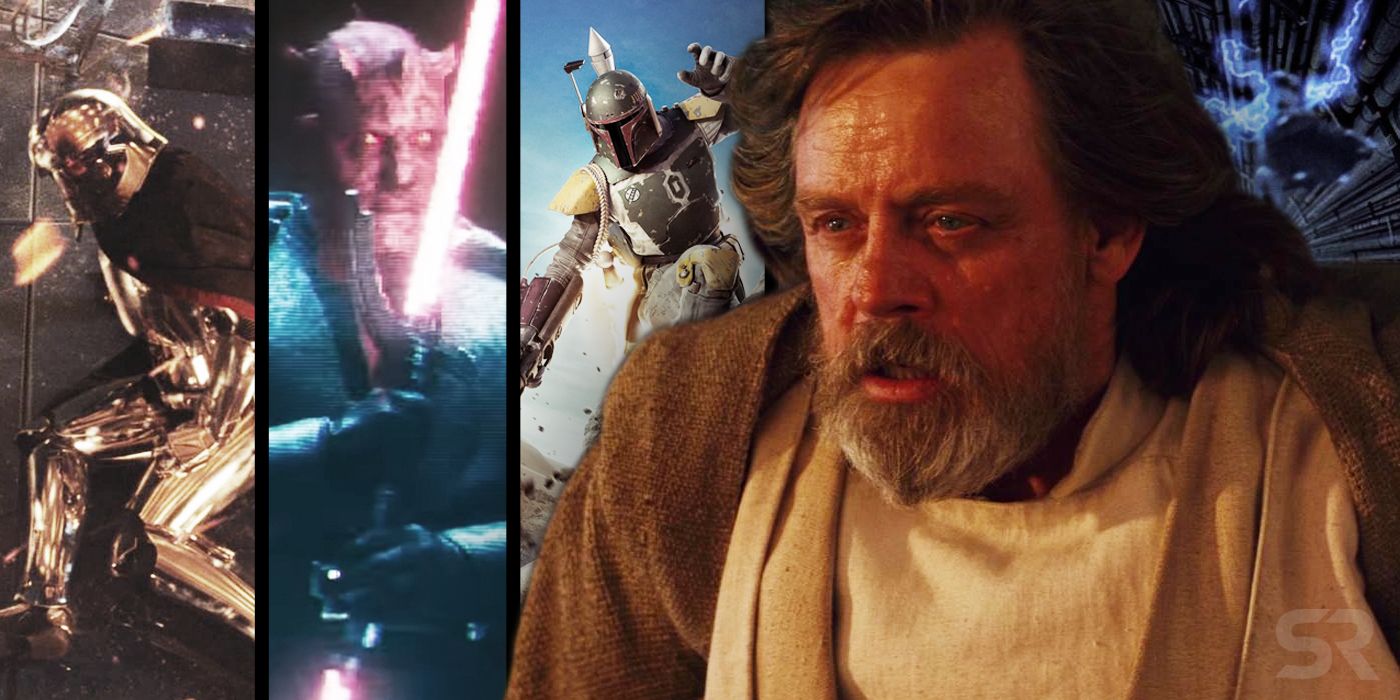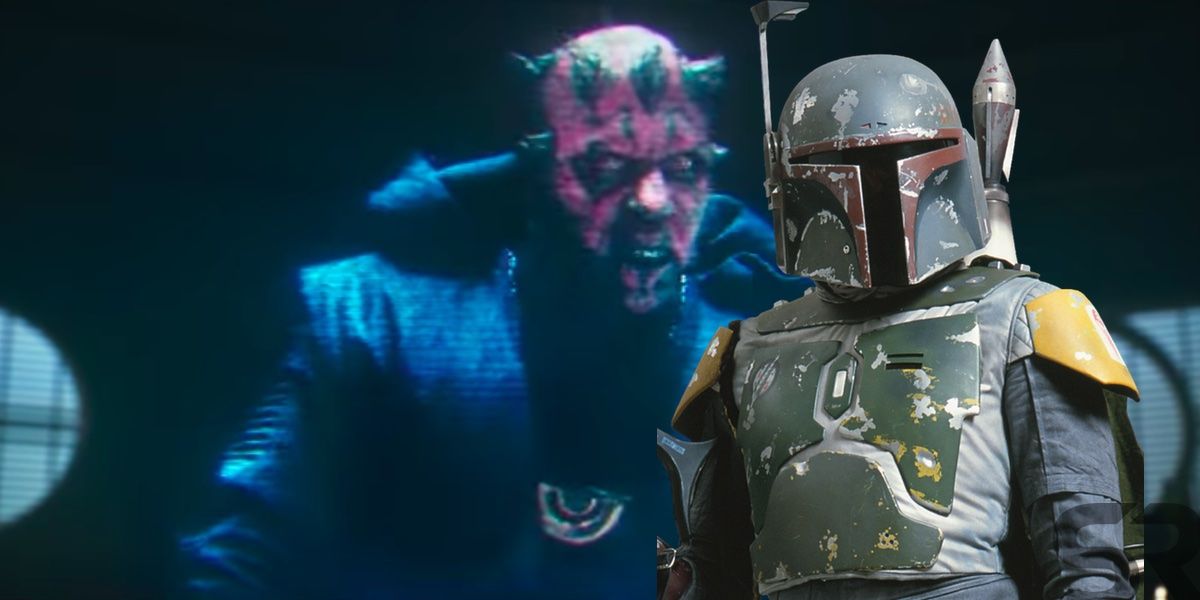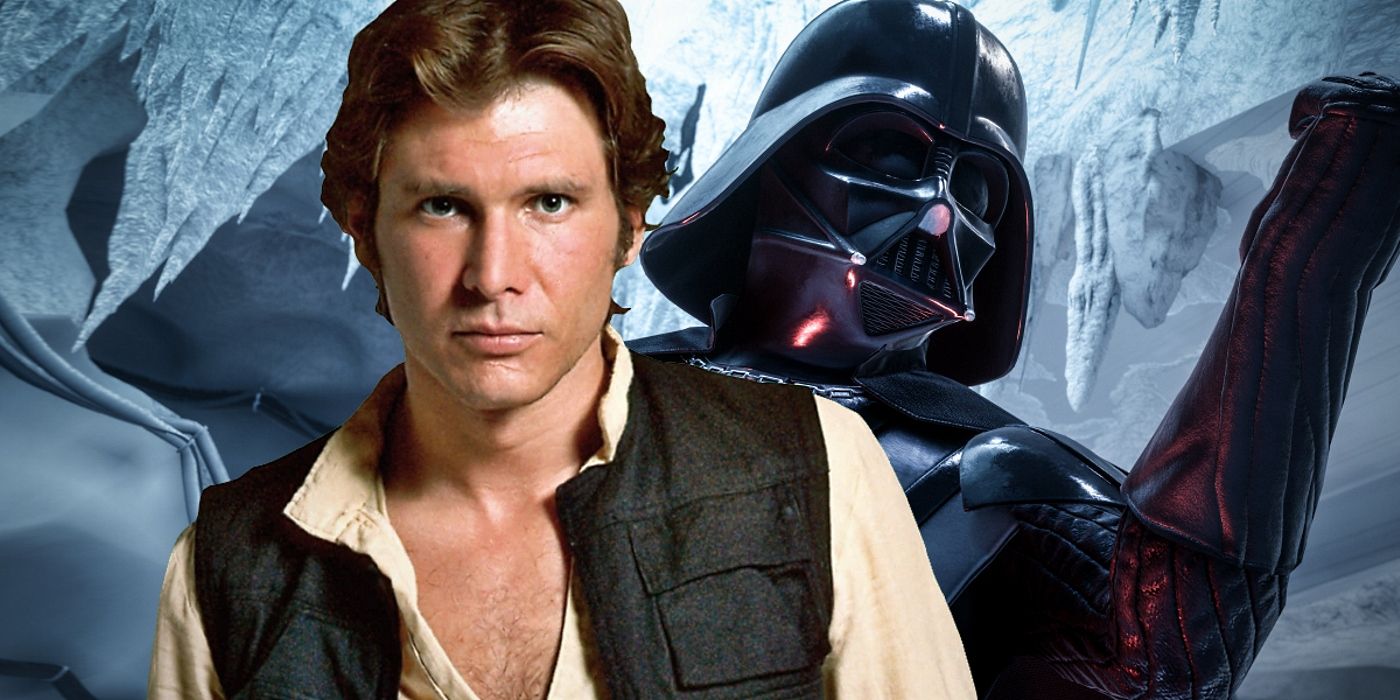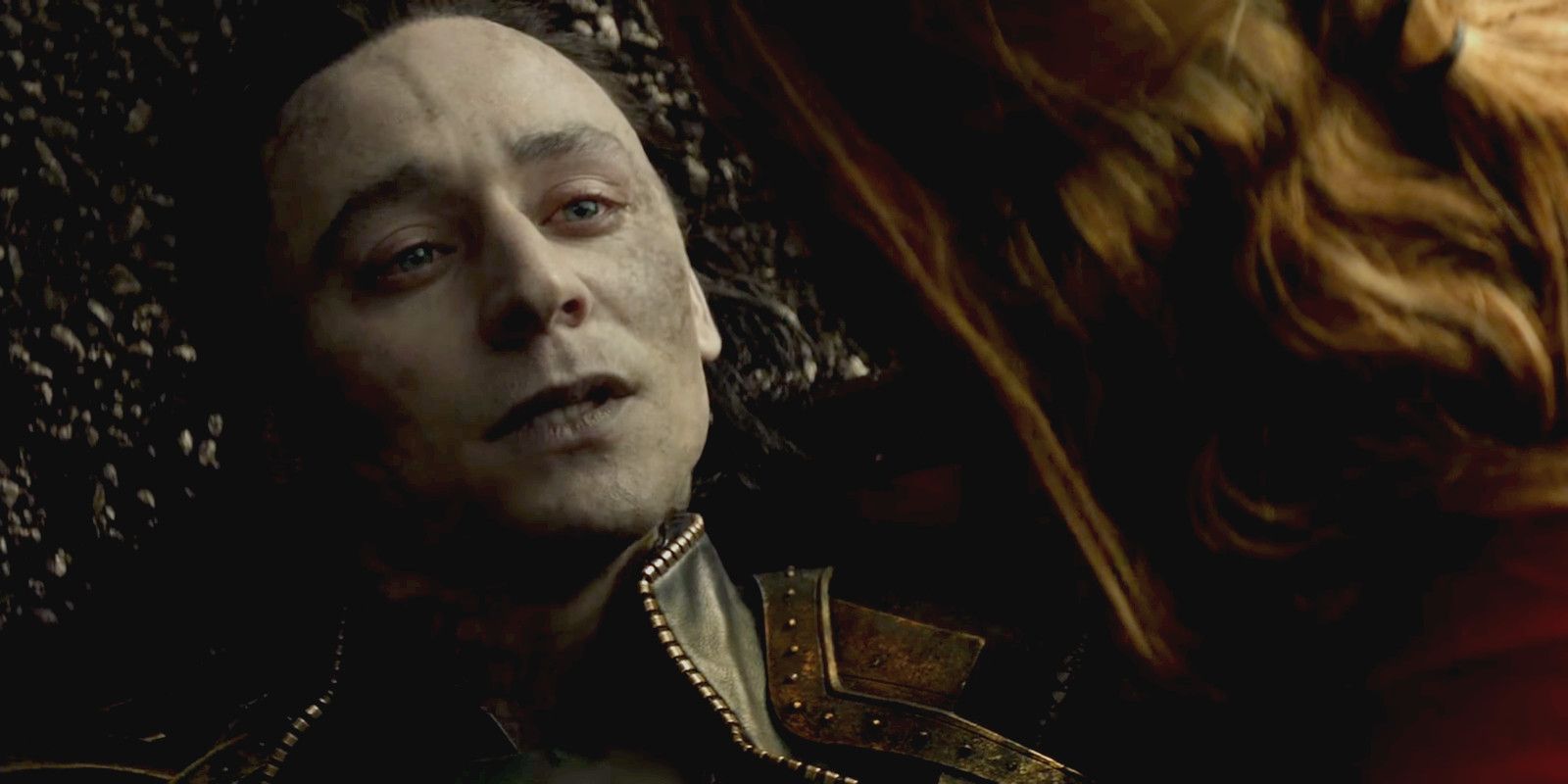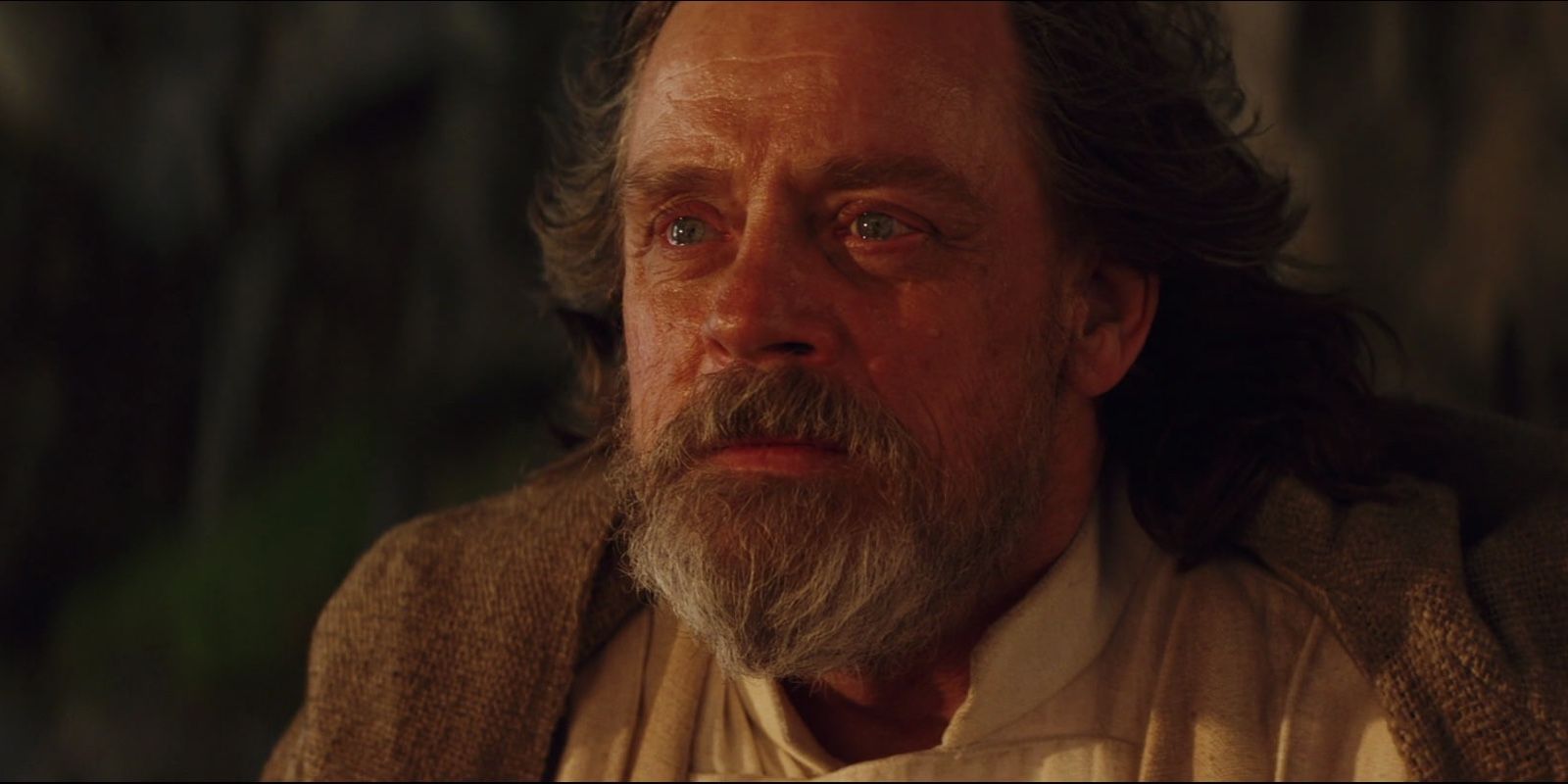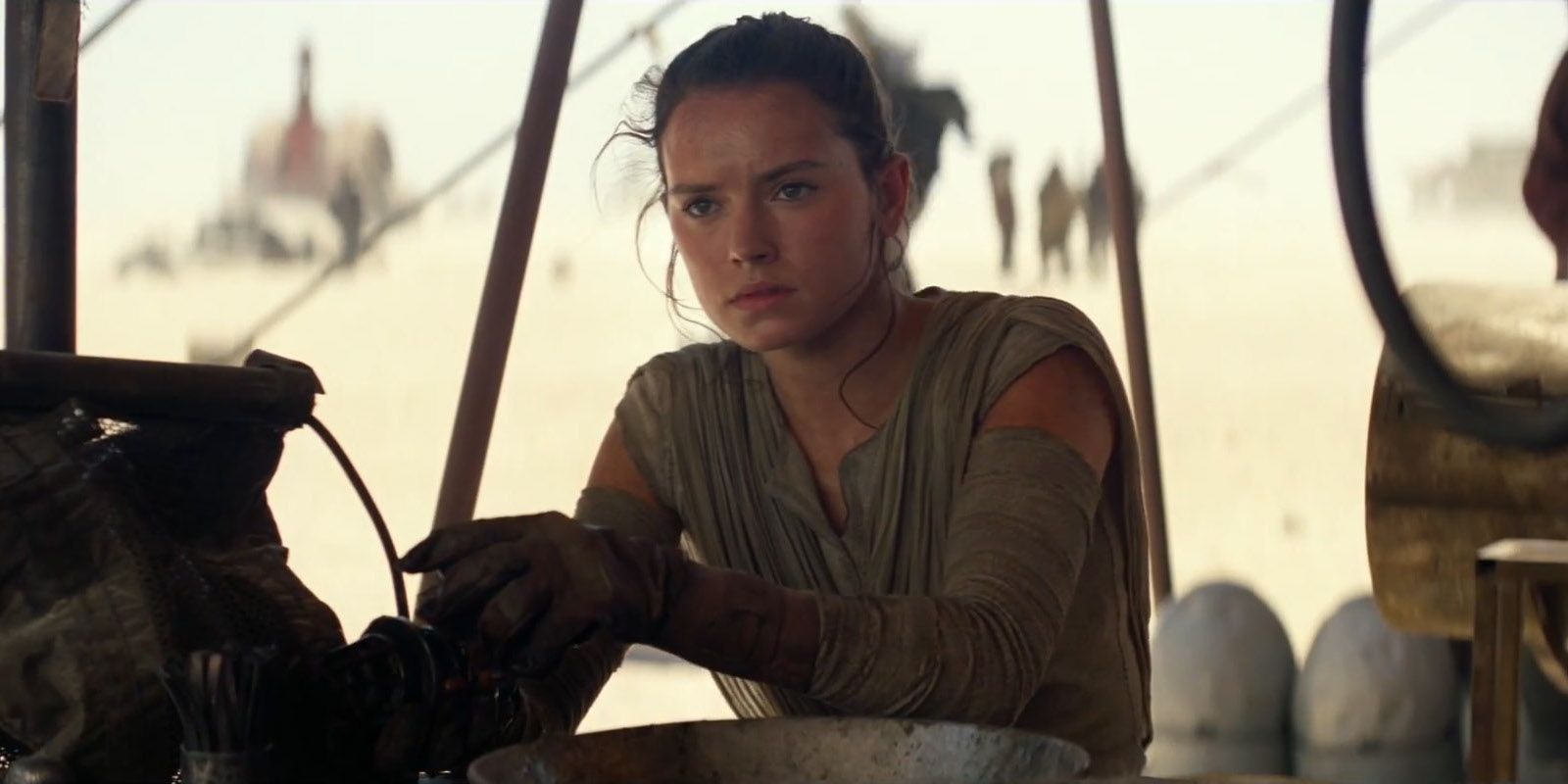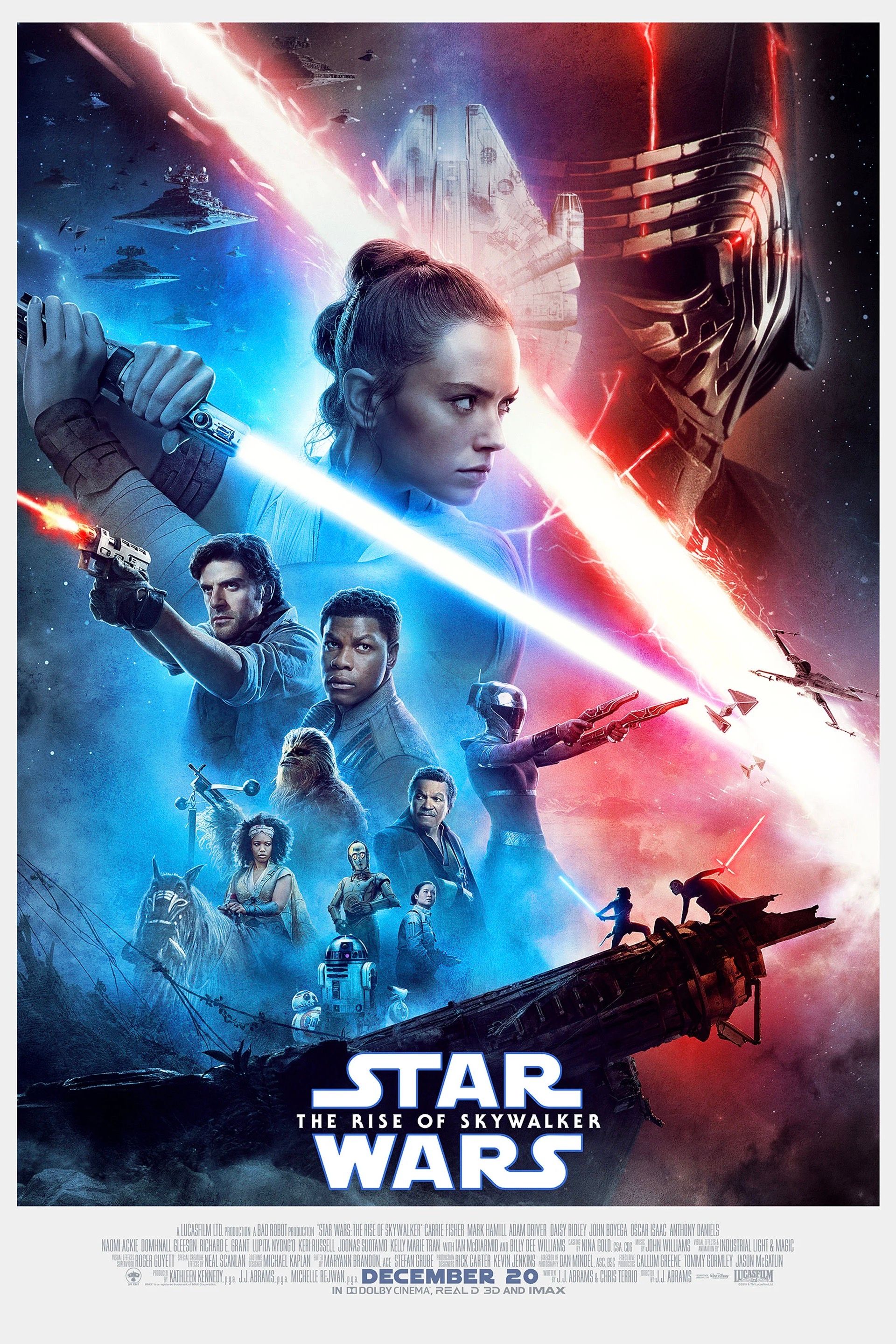Star Wars has a problem with death, and that may be the biggest challenge Disney faces going forward. When, in Star Wars: The Last Jedi, Kylo Ren declares "let the past die, kill it if you have to", he's meant to be wrong; his extreme view is rejected by Rey and later Luke Skywalker, with the movie going on to argue that learning from the past is the only way to move forward. However, the history of Star Wars is dominated by an enacting of Ben Solo's warped message and a complete lack of repercussions.
That Star Wars under Disney has proven divisive was, to a point, inevitable; everybody has such immense ownership of the franchise that it's impossible to please all fans. However, some of the recent choices seem to invite controversy. Rian Johnson's expectation subverting The Last Jedi is the prime example, but Lucasfilm's conflicted relationship with creative directors or decision to engineer a sequel trilogy where Luke, Han and Leia don't share the screen were just as likely to create problems.
Related: The Biggest Mistakes Disney Has Made With Star Wars
However, the real issues Disney Star Wars faces pre-date the Mouse House's $4.05 billion purchase of Lucasfilm. George Lucas' vision for Star Wars Episode VII and beyond isn't too different to Kathleen Kennedy's, and some roadblocks have been around since the very early days of the franchise. To whit, Star Wars has a very strange relationship with death, one that gets stretched and twisted the further forward in time we go.
- This Page: Why Death Means Nothing In Star Wars
- Page 2: Why Disney Needs To Address This Star Wars Problem
Star Wars Characters Are Resurrected All The Time
Star Wars is a world of advanced technology and magic. Anything is possible, from traveling at the speed of light to manipulating another person's thoughts (and both of those examples come from the opening act of the first movie), and it's only a matter of time until that sees resurrections become commonplace. Clones, Force ghosts and plain narrative desire have seen the most iconic (read: marketable) characters return in every era of the saga.
Darth Maul lost the high ground in Star Wars Episode I: The Phantom Menace but came back in The Clone Wars and finally returned to the big screen in Solo: A Star Wars Story. Captain Phasma was presumably killed offscreen in Star Wars: The Force Awakens yet was back to work in The Last Jedi (retroactively explained by a tie-in comic). Boba Fett was unceremoniously thrown into the Sarlacc pit in Return of the Jedi but, after multiple teased attempts and the creation of an entire race just like him in the Mandalorians, the Expanded Universe got him out and gifted him a lengthy post-Jabba life. The Emperor's death closed out Return of the Jedi, but the EU used clone bodies to bring him back in Dark Empire. Most recently, Luke Skywalker died at the end of Star Wars: The Last Jedi only for Mark Hamill to be confirmed for a Star Wars 9 return a few months later. And, going right back to the beginning, that concept of Force ghosts essentially exists to keep Obi-Wan Kenobi in the original trilogy.
Related: Solo's Darth Maul Cameo Is the Worst Moment Of Disney Star Wars Yet
It's all so rampant that death is a joke. Samuel L. Jackson has spent the past decade speculating about Mace Windu's survival from his electrocuted fall in Revenge of the Sith and, as narratively defunct as it may be, there's nothing in the storytelling approach to block it off.
The Star Wars Timeline Means All Characters Can Return From Death Anyway
But Star Wars isn't a linear timeline. If you step away from the internal continuity, then the death of a beloved character means even less. Prequel books, comics and eventually movies keep the adventures of dead characters alive, with everybody from Darth Vader to Bail Organa seeing their legend grow thanks to Lucasfilm readily jumping around the timeline from 4000 years in the past to hundred in the future.
This non-chronological release pattern for Star Wars was baked into George Lucas' original concept for his Flash Gordon throwback, and dominated its first 40 years in a very positive manner. Indeed, the original-then-prequel-then-sequel release pattern has done a lot to keep the franchise energized (a tactic used similarly by Star Trek).
Related: All The Parallels Between Star Wars 9 and Return of the Jedi (So Far)
However, this can also wear away any sense of meaningful loss. Han was killed in Star Wars: The Force Awakens, which was followed up three years later by a prequel that attempted to kick-off a whole new trilogy (Solo was originally going to release in 2016, making the return even tighter). Episode VII also dealt with Vader's legacy before delving into his past in Rogue One, Rebels, Secrets of the Empire, Vader Immortal, and his own comic series.
Not only can Star Wars characters come back to life in the story, but audiences don't even have to say goodbye in the short term. Death is meaningless. Although, we're not really talking about death...
Page 2 of 2: Why Disney Needs To Address This Star Wars Problem
Death Means Little In Other Franchises Too - But It's Different
Let's not for one second pretend that Star Wars is the only franchise to have a strange relationship with death. The famous adage in comics is that only Uncle Ben stays dead (it originally included Bucky Barnes and Jason Todd, but they were resurrected as new anti-heroes in the 2000s) and its proven true of the movies: the Marvel Cinematic Universe has killed Loki, Nick Fury, Coulson, Red Skull and more only to bring them back; Fox's X-Men have been recast in countless forms; Zack Snyder's DCEU vision centered on a Christianity-fuelled take on the Death of Superman arc. Fast & Furious had parts 4-7 take place before 3 to keep Han Seoul-Oh alive, horror franchises always resurrect their definitely dead killers, and the new age of retcon reboots is bringing back Laurie Strode, Sarah Connor, RoboCop and more. On TV, even the notoriously callous Lost found itself contriving ways to keep Terry O'Quinn, whose character's death was first hinted at in the season 3 finale, around until the very end.
All of which is to say death is treated very lightly across all genre fiction. Part of this is that mortality is a depressing concept and so stories through which the audience vicariously lives will inevitably play it down or subvert it entirely. But it also speaks to a desire to keep a narrative using its key figures and an unwillingness to forge ahead into new uncertain ground; and that's where it hurts Star Wars. Comics have a culture built on creativity without death, Fast & Furious is notoriously silly, and even die-hard Halloween fans are keen for the events of Halloween: Resurrection to remain canon. Star Wars is different.
Why Star Wars' Fear Of Death Is A Problem
Star Wars has a greater sense of continuity than almost any fictional world. The Expanded Universe was messy yet always strived to have greater cohesion, and since Disney reset everything with a new canon, it's been meticulously maintained with just slight variance for medium artistry. When Rouge One writer Gary Whitta said that Star Wars is more sacrosanct than real history, he wasn't far wrong. This meaningful and maintained mythology is why Star Wars has proven so enduring, but also where the genre tendency to undo death risks becoming cheap and transparent.
When you can bring back any character by waving a magic wand or setting a story just before their death, that becomes the default for a corporately-owned story built on recognizable characters. And when it's an acceptable financial motivation, that stifles evolution, promoting keeping things tight on the same characters. Why do risky new things when you can return to Darth Vader once more? That example admittedly led to a popular comic run, but it nevertheless keeps things in not-that-different a place to where they were 10, 20, 30 or 40 years ago. For Marvel, home of the sliding timeline and lover of the status quo, that's ideal. For a grand space opera, it is not.
Related: Marvel vs. Star Wars: Which Approach to Canon is Better?
This insular focus was a long-standing criticism of what is now Legends, and as Disney's Star Wars essentially translates those ideas to the mainstream (Rogue One's Death Star plans heist had been the subject of multiple video games before jumping to the big screen), that brings with it the storytelling conflict. Maul, Phasma and more coming back feels contrived, pushing the limits of mortality in-universe and questioning narrative coherence of the wider franchise.
When Star Wars plans go up to 2030, it gets worrying. Things can tread water in one place for only so long, and while there'll eventually be nostalgia to be mined in the newer characters, it doesn't get away from the reliance on original trilogy ephemera that is much older than any possible target audience. On the one hand there's stagnation, on the other there's a long-set conditioning against accepting something new. This is, in part, why so many clamor for Knights of the Old Republic; it's not just that the game exemplified the best of Star Wars storytelling, but that it did so in a totally different setting with a shared aesthetic, free from any narrative tribute needing paying.
Disney Knows This - And Needs To Learn It For Star Wars' Future
The most underrated move in Disney Star Wars was to have the first forty minutes of Episode VII focused entirely on new faces, ensuring that by the time Han Solo made his triumphant entrance, audiences were already in love with Rey, Finn, Poe and BB-8. Even establishing Kylo Ren as menacing and petulant before revealing he's Ben Solo, while also a classic J.J. Abrams mystery box, primarily means his character is understood independent of lineage.
At the center of this is a desire to do new things alongside the more conventional narrative, to learn from the past while forging forward. It's a decision that saw Star Wars accepting the sequel trilogy needed a new generation ahead of the inevitable passing of the torch. While The Last Jedi continued this (as discussed in the introduction, that lesson is the core message of Rian Johnson's film), everything surrounding it - from the big budget Star Wars Stories to toy tie-in Forces of Destiny shorts - are simply tourists in their own nostalgia.
Related: Star Wars Fandom Has Finally Got Over The Prequels - Thanks To Disney
This can still lead to good things - Rogue One is many people's favorite new Star Wars film - but it's a long-enforced ceiling, one that needs to be moved past for Star Wars to be truly exciting in a multimedia landscape.

